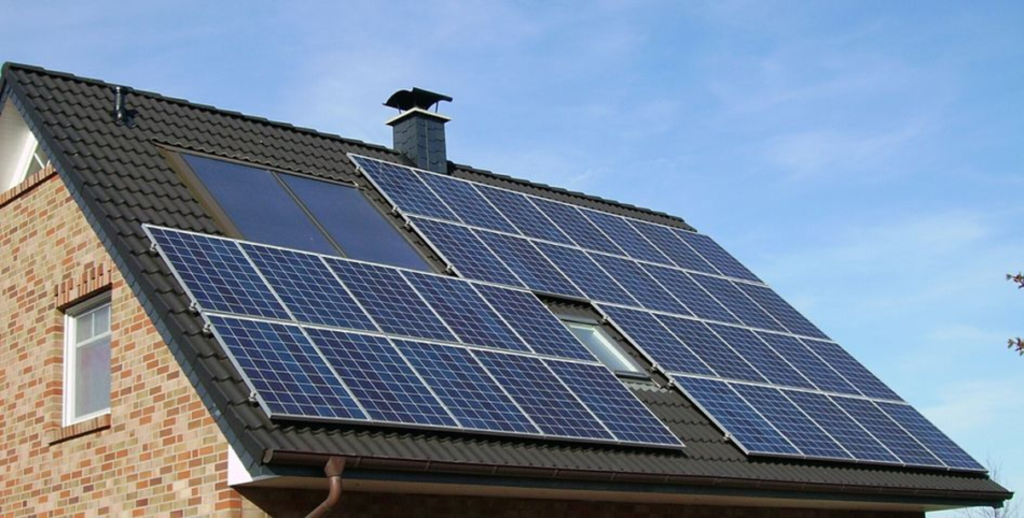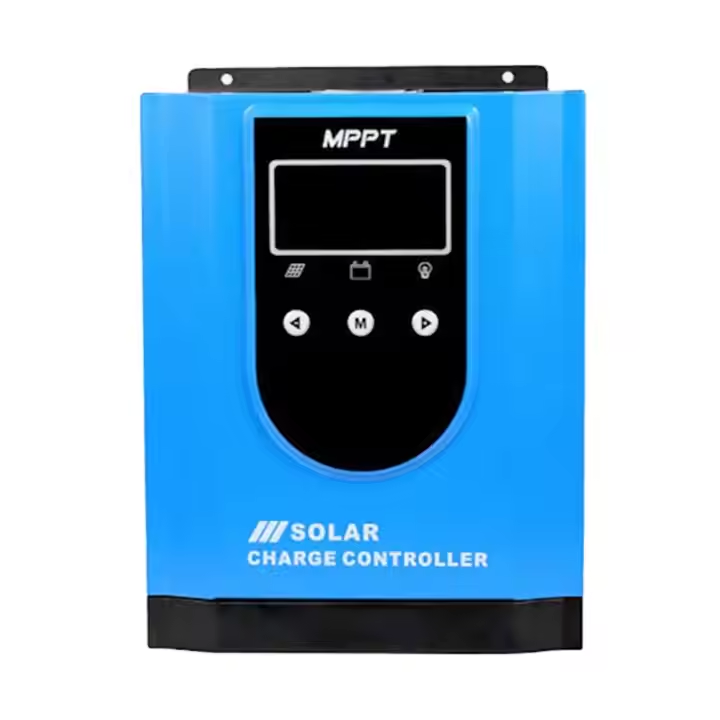Enhancing your home solar setup with a high-performance charge controller transforms simple PV arrays into intelligent, efficient power systems that protect your batteries, maximize energy harvest, and simplify day-to-day operation. By upgrading from a basic PWM controller to an advanced MPPT model, you can gain up to 30% extra energy under variable conditions, extend battery life through multi-stage charging and temperature compensation, and unlock remote monitoring and smart automation features. Below, we explore the benefits, selection criteria, installation best practices, and optimization tips that will help you get the most from your solar controller investment.
I. Why a High-Performance Controller Matters
A quality charge controller is the central “brain” of any battery-based solar system. It regulates voltage and current from the panels into the battery, preventing overcharge and reverse current flow at night. While basic PWM controllers simply switch power on and off, modern MPPT units constantly adjust to harvest maximum power from your panels—especially in cloudy, cold, or partially shaded conditions. Upgrading to MPPT not only boosts daily energy yield but also reduces strain on batteries, cutting replacement costs and downtime.
II. Core Benefits and Features
A. Maximum Power Point Tracking (MPPT)
MPPT controllers continuously track the panels’ optimal voltage/current point, extracting more watt-hours than PWM units. In practice, homeowners often see 20–30% higher energy capture on days with variable light or lower ambient temperatures.
B. Precise Multi-Stage Charging
High-performance models offer bulk, absorption, float, and equalization stages that match battery chemistry—lead-acid, AGM, gel, or lithium. Temperature sensors further adjust voltage setpoints to prevent gassing or thermal damage, extending battery lifespan by years.
C. Integrated Monitoring & Connectivity
Built-in displays, Bluetooth, Wi-Fi, or cellular links let you view real-time solar input, battery state-of-charge, and load draw on a smartphone or web portal. Alerts for low voltage or overheating help you catch issues before they become costly failures.
D. Programmable Load Control
Many controllers include dedicated load outputs with programmable on/off thresholds. This lets you automatically shed non-critical loads when batteries fall below safe levels, ensuring essential circuits stay powered longer during cloudy stretches or outages.
III. Choosing the Right MPPT Controller
A. Sizing and Compatibility
Select a controller whose maximum input voltage exceeds your panels’ open-circuit voltage by at least 20%, and whose current rating meets or exceeds your array’s maximum current. Oversizing slightly helps avoid thermal derating on hot days.
B. Battery Chemistry Support
Confirm the controller supports your battery type and desired charge algorithm. Look for user-configurable voltage steps and built-in temperature compensation for true multi-chemistry flexibility.
C. Connectivity and Expansion
If remote monitoring is key, choose models with Bluetooth or Wi-Fi and a companion app. For larger arrays, parallel or daisy-chainable units allow easy capacity expansion without replacing the entire controller.
IV. Installation Best Practices
Location and Ventilation
Mount in a cool, shaded spot near the battery bank to minimize cable runs and heat stress. Ensure adequate airflow around the unit to prevent thermal shutdowns.Wiring and Protection
Use appropriately sized conductors to limit voltage drop to under 3%. Install fuses or breakers on both panel and battery sides to protect wiring and the controller itself.Grounding and Lightning Protection
Properly ground the system per local codes, and consider surge arrestors to shield against lightning or utility spikes.Initial Configuration
Program battery type, charging voltages, and load control thresholds before connecting panels. Run a series of test power transfers to verify MPPT response and load shedding behavior.
V. Optimizing Performance Over Time
Regular Firmware Updates: Keep your controller’s software current to benefit from improved algorithms and security patches.
Seasonal Voltage Tweaks: Adjust float and absorption voltages slightly for winter vs. summer to match battery temperature and efficiency curves.
Panel Maintenance: Clean panels periodically to prevent soiling losses; monitor irradiance levels via your controller’s sensors.
Load Scheduling: Shift high-draw tasks—EV charging, water heating—to midday peaks; use programmable load outputs for automated demand-response.
VI. Real-World Impact
Upgrading to a high-performance MPPT charge controller can add hundreds of kilowatt-hours per year to a residential system, translating to significant bill savings and reduced generator runtime in off-grid homes. Batteries last longer with precise charge control, and remote diagnostics slash service calls and downtime. Whether you’re running a simple battery backup or a fully off-grid microgrid, the right controller is key to unlocking your solar setup’s full potential.
VII. Conclusion
A high-performance MPPT charge controller is one of the most impactful upgrades for any home solar array. By ensuring efficient energy harvest, precise battery charging, and smart load management, it transforms your system into a resilient, easy-to-manage power solution. Start by auditing your array’s specs and battery type, choose a controller with the right ratings and connectivity, follow best practices in installation, and commit to ongoing optimization. With this foundation, your solar home setup will deliver maximum savings, reliability, and peace of mind for years to come.



